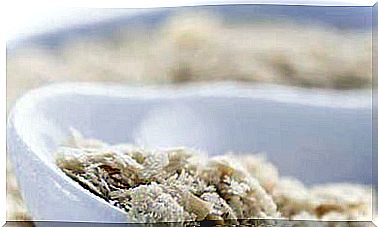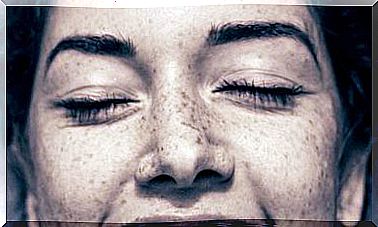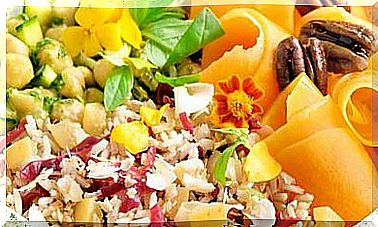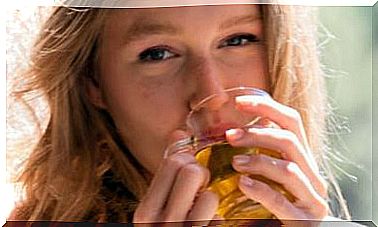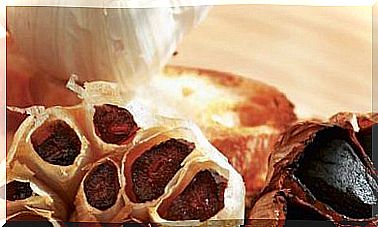The Keys To Recycling More And Better At Home
Learning to generate less waste and to reuse it is essential to reduce pollution and ensure life on the planet

The Green family of Great Britain became famous for ending an entire year generating a single garbage can. It cost them effort and they changed their shopping habits, but they did it so well that they now teach how to reduce waste and recycle on their My Zero Waste blog. This example questions our way of consuming and recycling. In Spain 464 kg are generated per person per year, but only 27% are recycled and composted, according to Eurostat (2012). Advantaged countries combine lower waste production with higher recycling: Belgium (456 kg / 57%), Slovenia (362 kg / 47%) and Estonia (279 kg / 40%).
Pollute less
Everything that we do not recycle or compost ends up in a landfill, an incinerator or scattered through forests and seas. Landfills produce leachate – liquids that pollute the land and aquifers – and methane – a greenhouse gas 72 times more active than carbon dioxide – as well as other toxic gases. Incinerators release toxic gases and ash, such as dangerous dioxins, which travel through the atmosphere and are linked to serious diseases such as cancer.
It is necessary to change the look and see the waste, not as simple garbage, but as resources that should not be wasted. If they are properly separated, they can be reused as paper, metal, glass or compost, thus cushioning the continuous looting we make of the planet.
It is necessary to change our gaze and see waste as great resources that should not be wasted
With the recovered materials, containers and other products are made: with 40 bottles you can get a fleece lining; with 40 cans, a bicycle tire; with eight cereal boxes, a book; with six cartons, a shoe box. This saves energy and uses new raw materials. Keep in mind that glass or metals can be used over and over again without losing properties. Paper and cardboard, between 3.5 and 6 times. Plastics give themselves for 4 or 5 recycling cycles.
Frequent mistakes
The most frequent errors, in the case of the blue container, are: throwing away paper and cardboard with traces of grease; deposit kitchen paper (which goes to the brown container), cartons (they will go to yellow), waxed paper or laminated cardboard. Another oversight is not folding the boxes so that the trucks do not load with a lot of air and few materials.
With the yellow container (plastic bags and containers, metal and briks) the most frequent mistake is to throw plastics that are not containers, such as pens, toys, etc., which must go to a Clean Point, to rejection or to charities. “Another common case is not knowing that the aluminum foil or aerosols, such as deodorants or lacquers, are deposited in the yellow container”, they clarify from Ecoembes. The bottles should also be squashed so they don’t take up as much space.
In the green container, that of glass, the biggest failure is to place products that are not containers, such as light bulbs, broken glasses, plates or mirrors. And in the brown for organic waste, you should never put used diapers, pads or tampons, animal droppings, hair or sweeping brush. Another common mistake is not using a biodegradable bag to collect them.
Recycling organic matter is a qualitative leap in caring for the environment
But, without a doubt, the worst thing is to throw polluting objects into the containers, such as batteries, electrical or electronic devices, paint cans, phytosanitary products … They must go to a Clean Point, such as appliances, flat glass, garden waste, rubble , junk and furniture, clothes, footwear, ink cartridges, toners, tires, car batteries, drugs and cosmetics, X-rays, motor oil, light bulbs, CDs … And cooking oil, which makes it possible to make biofuel. If it is poured down the drain it damages the pipes and adds costs and difficulties to the treatment plants. In addition, a single liter pollutes a thousand liters of water.
Organic matter, one more step
Recycling organic matter is a qualitative leap in caring for the environment. Organic waste accounts for 40% of domestic waste. Throwing them into the brown container reduces soil and groundwater contamination, contributes to curbing climate change and combating desertification by helping to create good compost. With these remains, biogas is also produced in biomethanization plants. The garbage can is reduced to 15% adding this recycling habit to the others.
Rethinking the lifestyle
In spite of everything, we are still far from a really effective recycling system. According to the organization Retorna, in Spain 51 million single-use beverage containers are consumed every day. Returns complaint that it only collects 3 out of 10 of these containers and that, therefore, the current system should be complemented with a return system as in Germany, where the consumer pays between 0.08 and 0.25 cents for each container and recovers them when returning it. By giving them an economic value, a higher percentage of collection is encouraged.
But a truly sustainable future involves “disengaging” from the foolish consumer formula of “buy, use, throw away.” “ Let’s look at nature, where nothing is thrown away. Waste is a human invention, perhaps the most pernicious, ”says architect William McDonough, creator of the cradle to cradle concept , who works for an intelligent design in which the environmental impact is zero. We need to rethink products and materials so that they have a circular cycle: once used, they should be able to return to Earth without any harm to natural systems or health.
For this reason, cultivating small habits such as carrying our own containers, avoiding buying products with a lot of packaging, frequenting bulk stores and preferring quality to quantity are some good paths that can be followed until reaching that future of zero waste..


